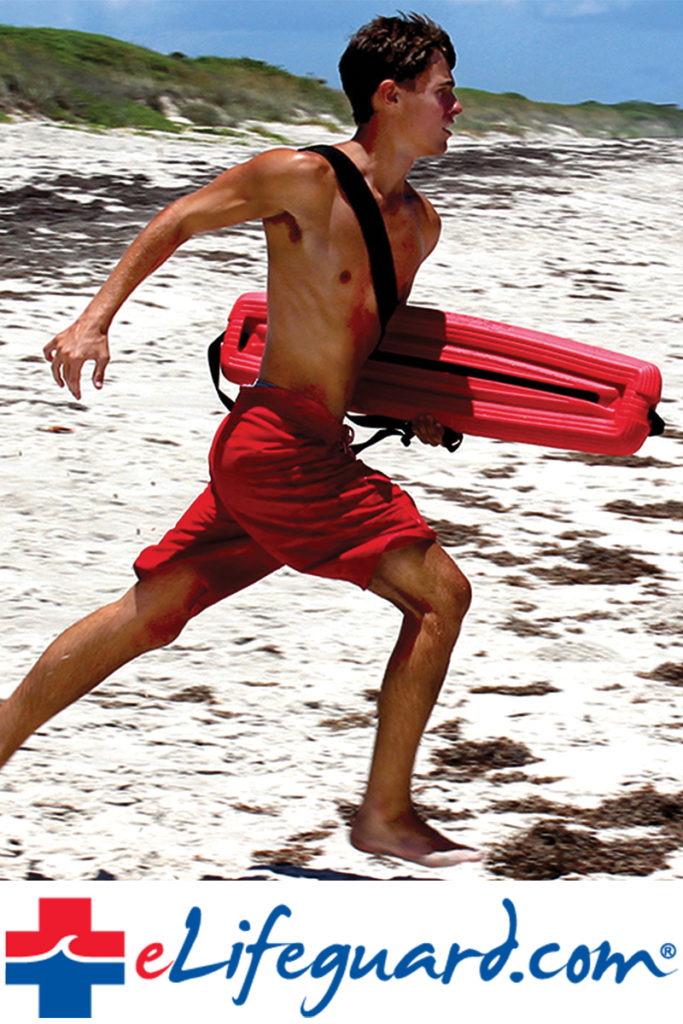The American Red Cross on How to Celebrate the 4th of July Safely
Honoring America’s birthday always calls for a celebration. Burgers are on the grill and fireworks are in the sky — summer is in full swing, so seemingly nothing could take away from the freedom in the air. For that reason and many more, it’s easy to forget that safe celebrations have rules. In an effort to remind everyone of this, American Red Cross provided tips on how to have a fun and safe Fourth of July this year.
When it comes to safety, American Red Cross goes the extra mile to spread awareness. With a strong foresight about any possible hazards, the American Red Cross diligently organized the tips by the following categories:
“Fireworks Safety
The safest way to enjoy fireworks is to attend a public firework show put on by professionals. Stay at least 500 feet away from the show. Many states outlaw most fireworks. Leave any area immediately where untrained amateurs are using fireworks.
[Below are the tips regarding use of fireworks:]
1) Never give fireworks to small children, and never throw or point a firework toward people, animals, vehicles, structures or flammable materials. Always follow the instructions on the packaging.
2) Keep a supply of water close by as a precaution.
3) Make sure the person lighting fireworks always wears eye protection.
4) Light only one firework at a time and never attempt to relight “a dud.”
5) Store fireworks in a cool, dry place away from children and pets.
Picnic Safety
1) Don’t leave food out in the hot sun. Keep perishable foods in a cooler with plenty of ice or freezer gel packs.
2) Wash your hands before preparing the food.
3) If you are going to cook on a grill, always supervise the grill when in use. Don’t add charcoal starter fluid when coals have already been ignited. Use the long-handled tools especially made for cooking on the grill to keep the chef safe.
4) Never grill indoors. Keep the grill out in the open, away from the house, the deck, tree branches, or anything that could catch fire.
5) Make sure everyone, including pets, stays away from the grill.
Water Safety
As always, it is advised that you or your children swim by a lifeguard if one is on duty. The American Red Cross advises that all beachgoers and swimmers keep an eye on the weather. Be cognizant of any first signs of lightning or rumbles of thunder. In addition, here are a few other tips to promote water safety:
1) Provide close and constant attention to children you are supervising in or near water
2) Fence pools and spas with adequate barriers, including four-sided fencing
3) Learn swimming and water survival skills
4) Children, inexperienced swimmers, and all boaters should wear properly fitted U.S. Coast Guard-approved life jackets.
5) Always swim in a lifeguarded area.
Beach Safety
1) If you plan to swim in the ocean, a lake or river, be aware that swimming in these environments is different than swimming in a pool. Be sure you have the skills for these environments.
2) Swim only at a beach with a lifeguard, within the designated swimming area. Obey all instructions and orders from lifeguards and ask them about local conditions.
3) Make sure you swim sober and that you always swim with a buddy. Know your limitations and make sure you have enough energy to swim back to shore.
4) Protect your neck – don’t dive headfirst. Walk carefully into open waters. Watch out for and avoid aquatic life.
5) If you are caught in a rip current, try not to panic. Signal to those on shore that you need assistance. Swim parallel to the shore until you are out of the current. Once you are free, swim toward shore. If you can’t swim to the shore, float or tread water until you are free of the rip current and then head toward shore.
Water Park Safety
1) Make sure lifeguards are on duty before you go in the water and follow all their instructions.
2) Wear protective clothing, including a hat and some kind of cover-up for when you’ve had enough sun. Use sunscreen before leaving home and reapply during the day.
3) Parents – keep an eye on the kids. If they can’t swim or are less than four feet tall, have them wear a U.S. Coast Guard approved life jacket.
4) Signal a lifeguard if you see someone is in trouble. Yell if you need to grab attention, but don’t go in after the person yourself.
5) Set up a meeting place in case someone gets separated from your group. Use the buddy system to make sure no child is alone.” Source: American Red Cross of Georgia
To be sure that you are not missing out on any of our lifeguard videos & stories, please subscribe to our newsletter here.
For videos, articles, & events about lifeguarding related industry topics, visit www.lifeguardtv.com





